The drumbeat of the lion dance echoes from a small alley, the aroma of baked mooncakes drifts through the air, and the glow of lanterns lights up a whole corner of the street. For those who grew up in Saigon, the Mid Autumn Festival is more than just the fifteenth day of the eighth lunar month, it is a ticket back to a time long past.
MLifeOn invites you to experience the Mid Autumn season in Saigon, to feel those moments firsthand and wander through spaces where childhood memories awaken in their own unique language.
Saigon Mid Autumn Festival a blend of Vietnamese and Chinese culture
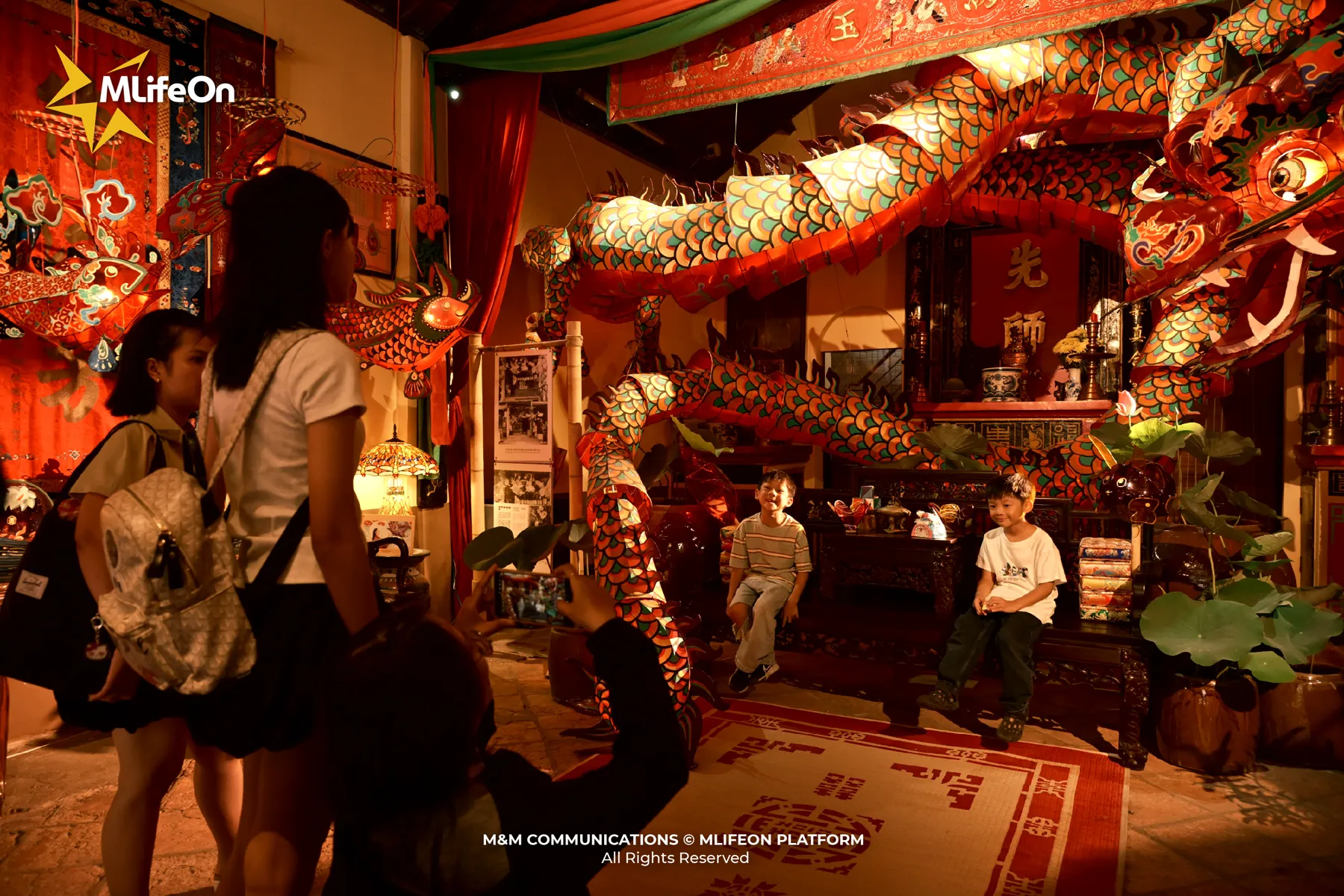
The Mid Autumn Festival, also known as the Festival of Reunion or the Moon Watching Festival, is one of the oldest traditional celebrations of the Vietnamese people. There are various explanations regarding its origins. According to Phan Ke Binh in his book Vietnamese Customs, the Mid Autumn Festival was considered a time for “worshiping the moon deity and celebrating the new rice harvest” among farmers.
Some perspectives suggest that the festival was introduced from China to Vietnam during the Ly Dynasty (1009 to 1225). However, it was later localized and imbued with a distinct Vietnamese cultural identity. Many folktales, most notably The Legend of Uncle Cuoi and Lady Hang, have further enriched the festival with humanistic meanings, honoring love, loyalty, and filial piety.
Regardless of its origin, the Mid Autumn Festival remains an important occasion today. It is closely tied to family, village, and community traditions, as well as cherished childhood memories across generations of Vietnamese people.
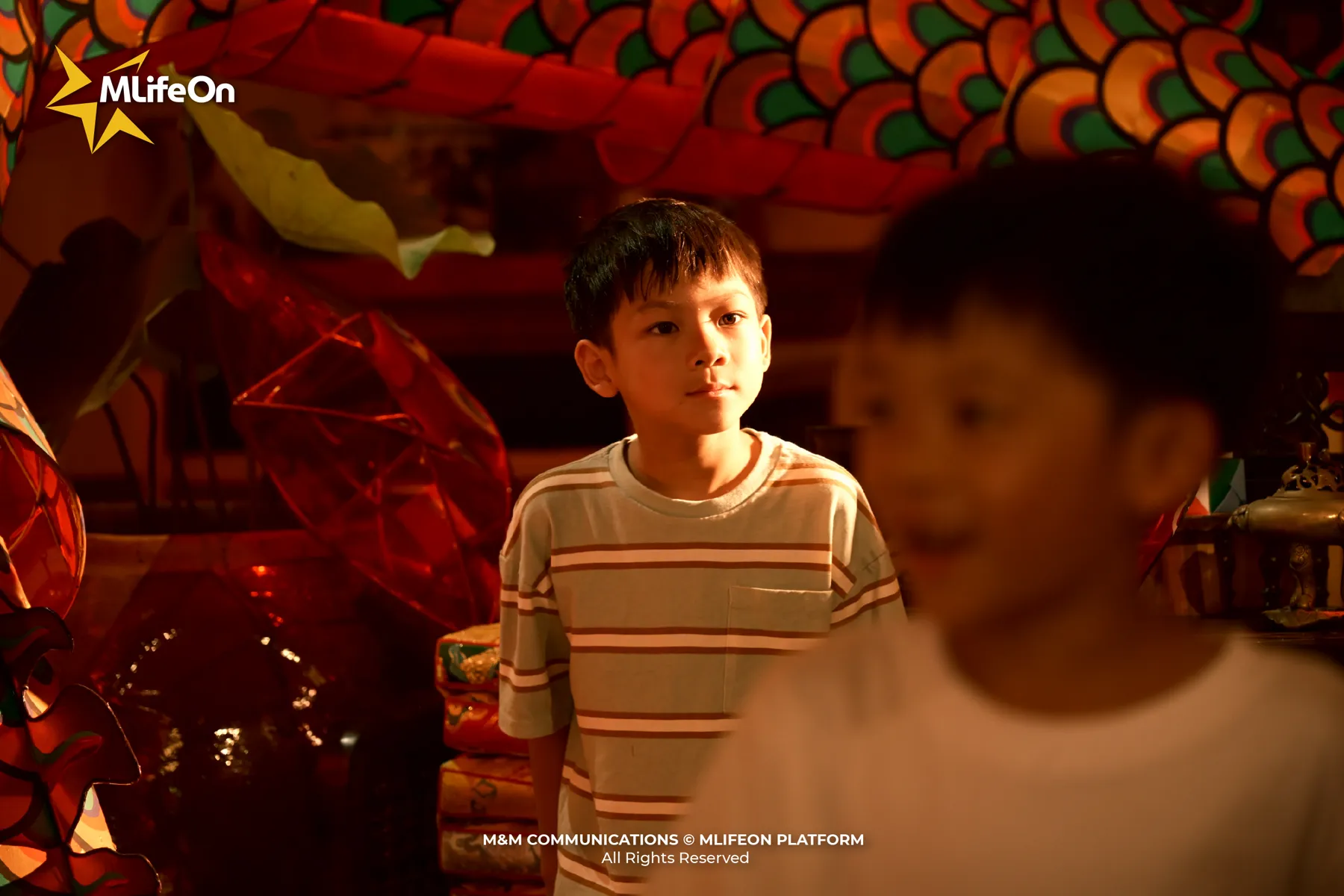
The Mid Autumn Festival falls on the fifteenth day of the eighth lunar month, a time believed to have the most beautiful full moon of the year under the clear and cool autumn sky. In Vietnam, however, the festive season often begins two weeks to a month earlier, when lantern displays and mooncake stalls start filling the streets.
Each place has its own way of celebrating the Mid Autumn Festival. There is the Thanh Tuyen Festival in the former Tuyen Quang with its giant lanterns, the lantern parade in Phan Thiet that draws tens of thousands of people, or the shimmering lanterns along the Hoai River in Hoi An that create an enchanting and one of a kind scene.
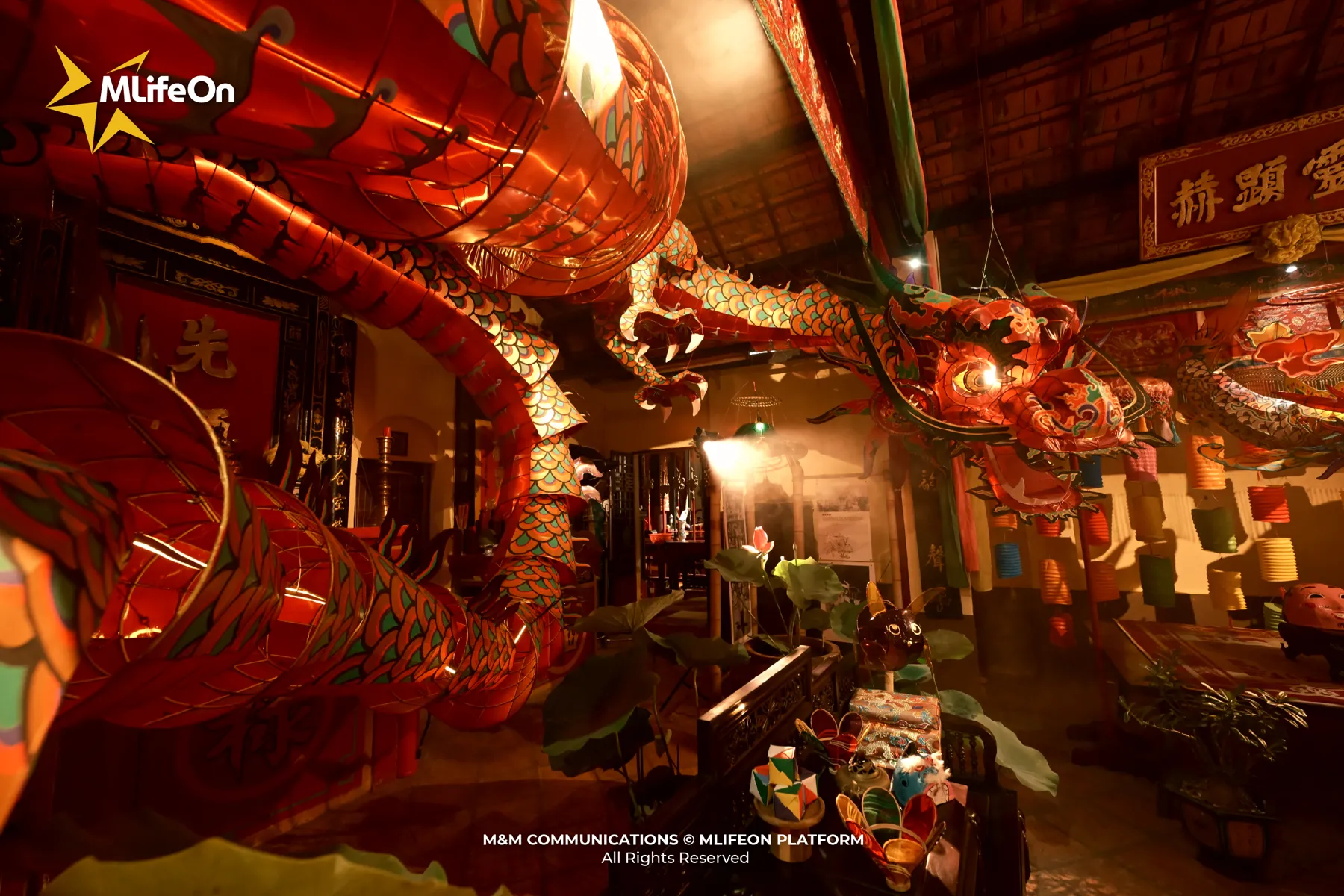
In Saigon, beyond the traditional spirit, the Mid Autumn Festival carries a unique character found nowhere else, rooted in Cho Lon, the cradle of Vietnamese and Chinese cultural convergence.
Historical records show that in the 1950s, people from Bao Dap village in the former Nam Dinh province, one of Vietnam’s renowned craft villages for Mid Autumn lanterns and silk flowers, migrated to Saigon, bringing with them their ancestral craft. Today’s Phu Binh lantern quarter traces its origins to that migration and has since become a hub supplying lanterns not only to Saigon but to the entire southern region, with familiar shapes such as carp and star lanterns.
Alongside this, Saigon is also home to a line of Chinese style Mid Autumn lanterns crafted by artisans of the Chinese community in Cho Lon. These lanterns are often adorned with vivid and intricate designs of dragons and phoenixes.
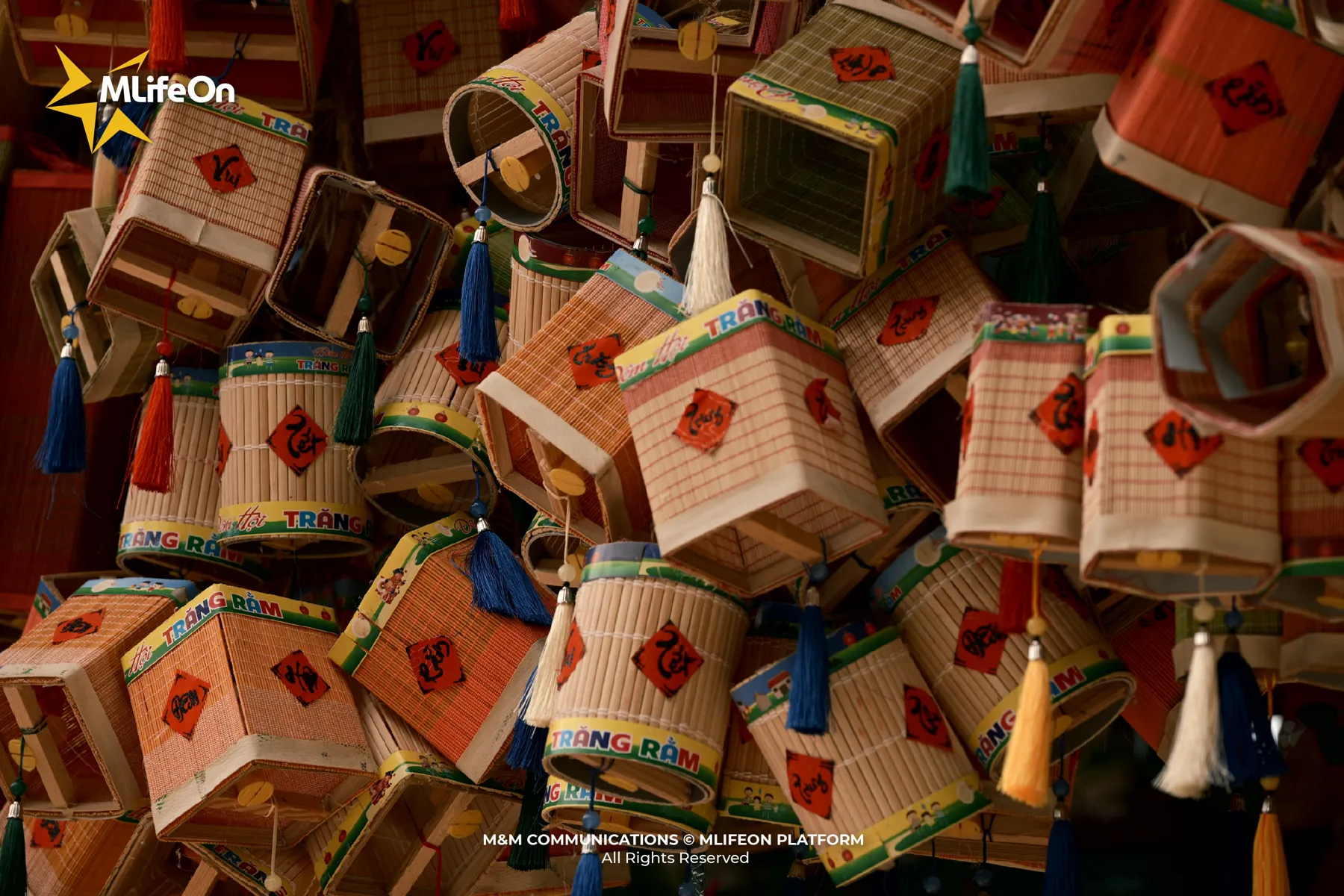
The highlight of the Mid Autumn Festival is the moon offering tray, known in the North as mam co trong trang and in the South as cung trang. It is placed outdoors and filled with cakes, fruits, and flowers. In Cho Lon, one fruit is indispensable on the Mid Autumn tray: the pomegranate. According to Chinese tradition, the pomegranate symbolizes prosperity and fertility.
Once the offerings are prepared, the festive beat of drums and gongs leads lion and dragon dance troupes from assembly halls and temples such as Quan De Temple and Nghia An Assembly Hall. They parade through the streets, drawing in hundreds, even thousands of locals and visitors.
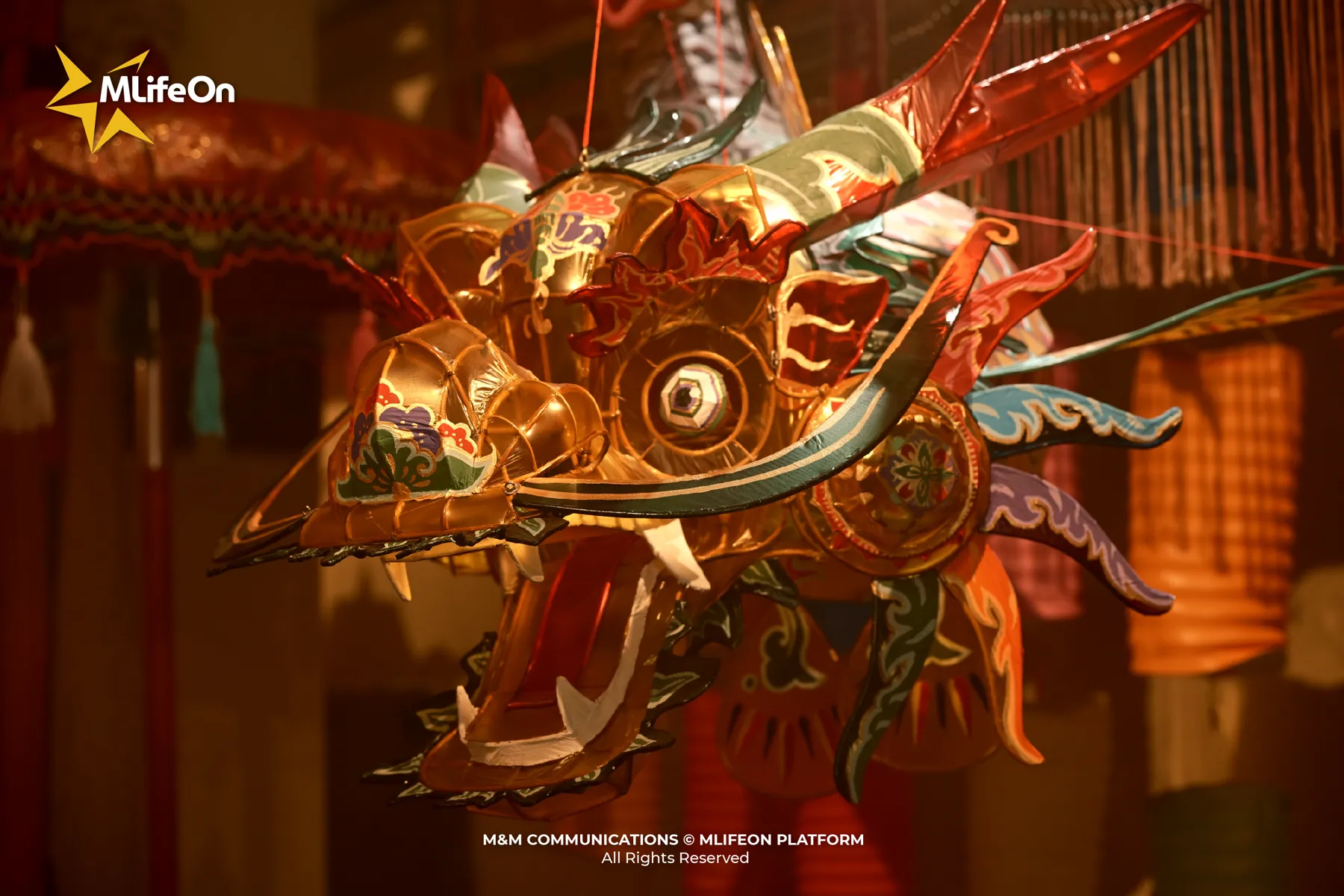
Saigon Mid Autumn Festival - a bridge between past and present
In the fast moving flow of modern times, many things remain only as memories or beautiful recollections. Some images may disappear forever in contemporary life. Yet there are also traditions that are carefully preserved and harmoniously woven into the rhythm of the present. Within the colorful scene of Saigon’s Mid Autumn Festival lies that unique convergence.
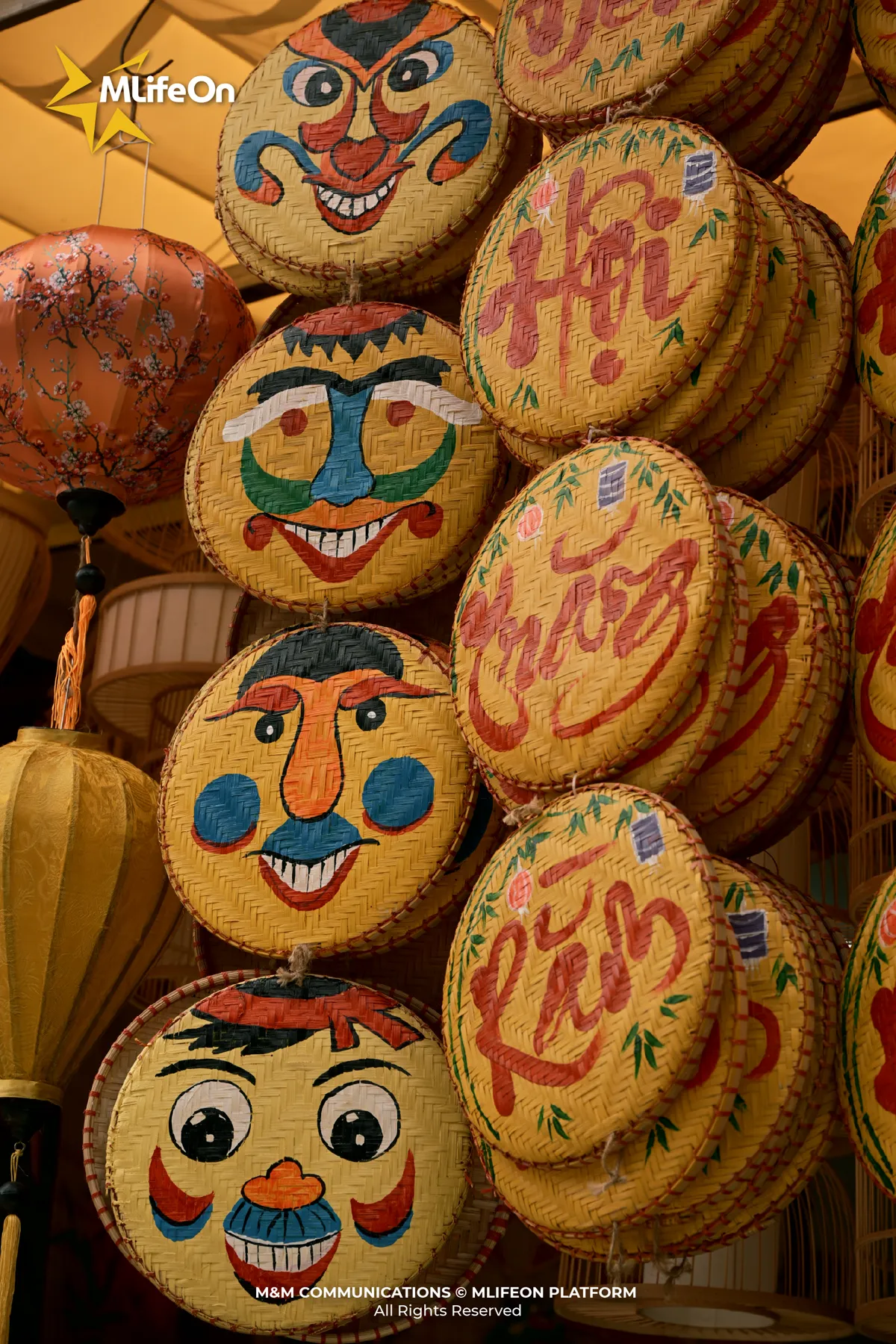
If you have a chance to visit Saigon during the Mid Autumn Festival, you will surely be introduced to Luong Nhu Hoc Street, a place considered the signature of the city’s Mid Autumn season. According to locals, this street has existed since the 1950s and is seen as a precious museum of lanterns in Ho Chi Minh City. Here, you can find traditional lanterns made of bamboo frames and cellophane displayed alongside the intricate and elaborate creations of the Chinese community. Every Mid Autumn season, this street remains a favorite check in spot for both residents and travelers.
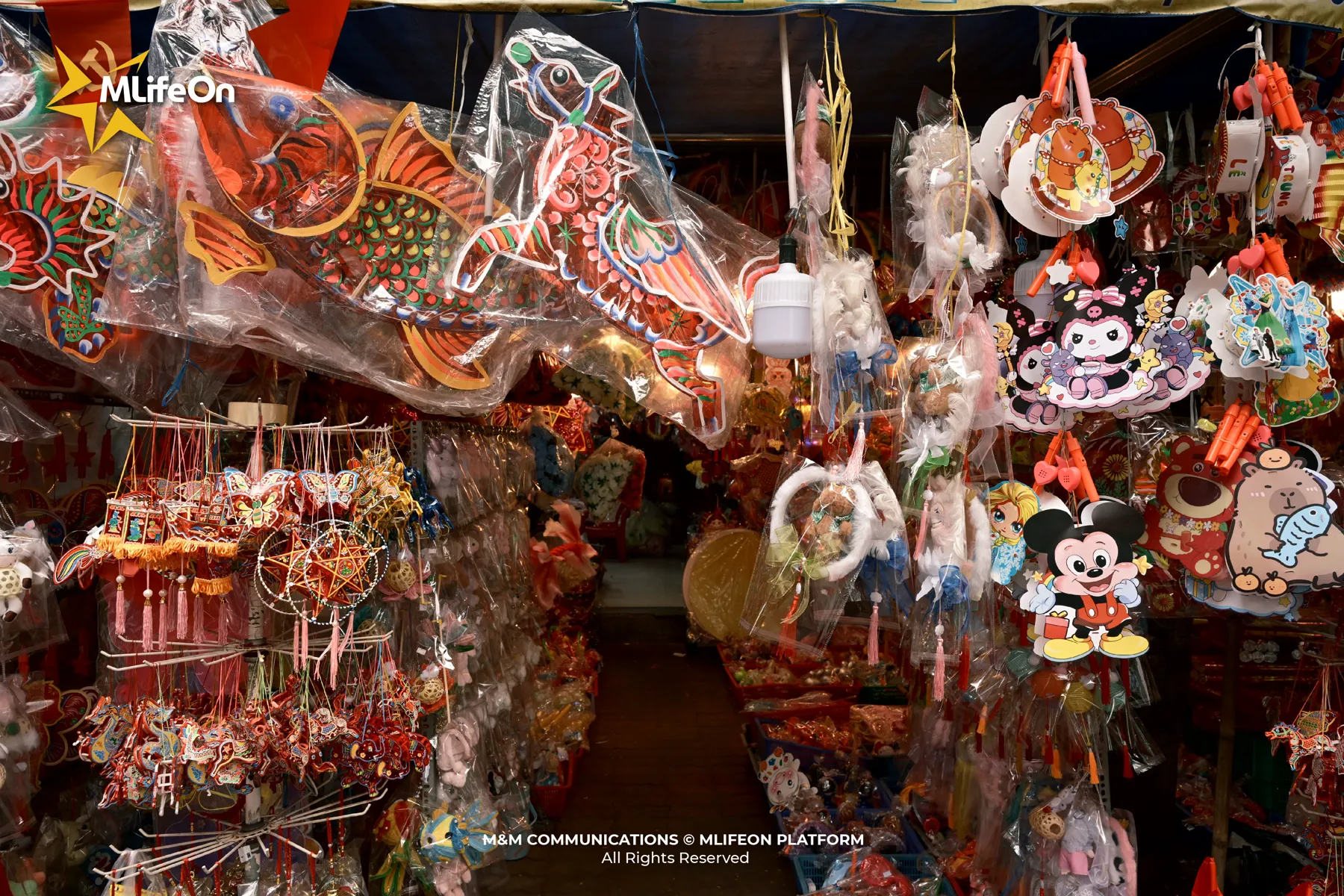
In the same way, the lion dance in Cho Lon today is not only a traditional Mid Autumn celebration but has also become an attractive cultural experience for visitors in Ho Chi Minh City. Many lion dance troupes now incorporate modern music and lighting effects to create impressive performances that capture the attention of young audiences.
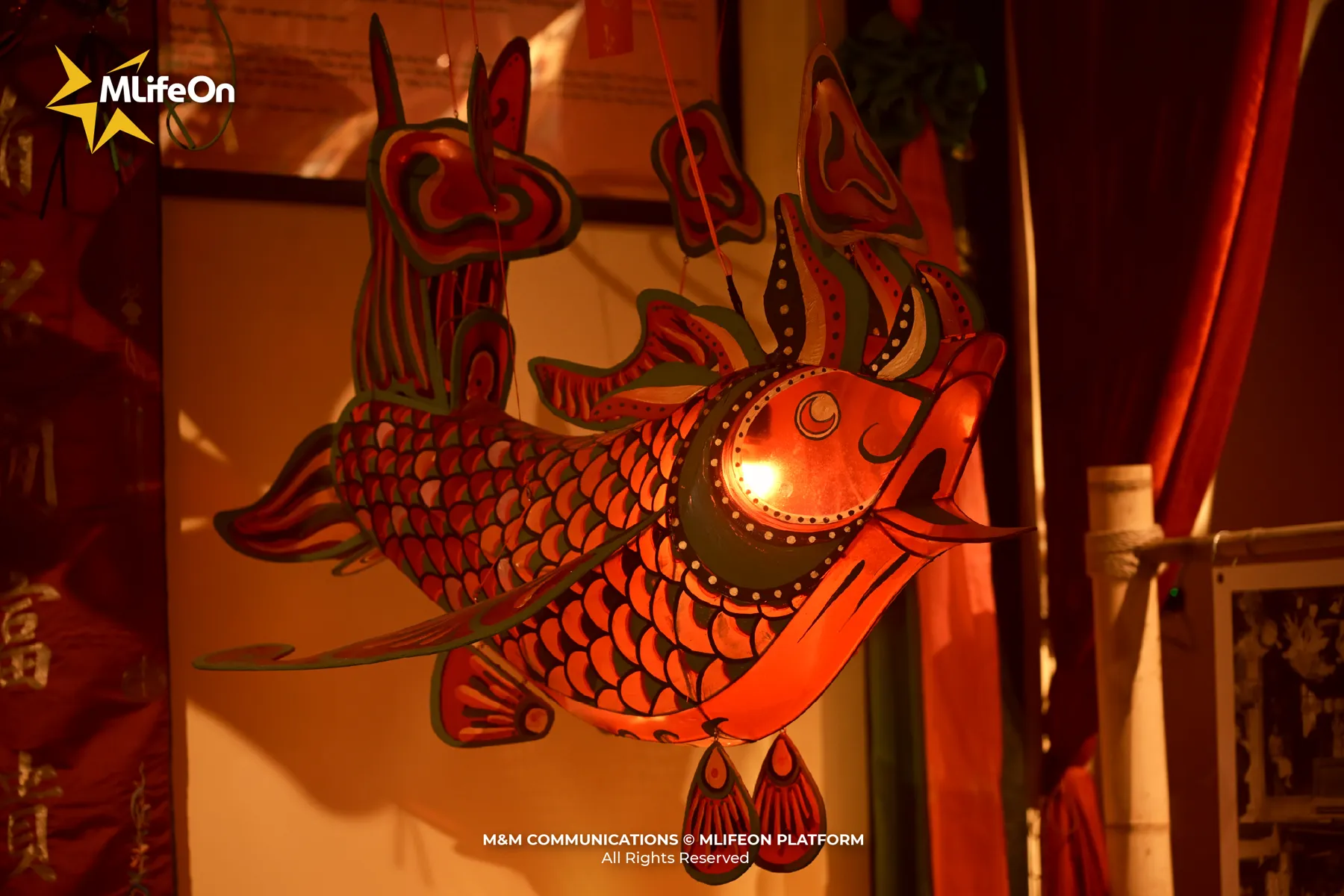
All of these elements create a Mid Autumn Festival in Saigon that is both traditional and modern, nostalgic yet vibrant in today’s rhythm of life.
Saigon Mid Autumn Festival: Where to go and what to see
For those who have lived in Saigon for many years, the festival is a chance to return to old memories. For those who come to Saigon out of affection, it is a journey to discover something new. So, during the Mid Autumn season in Saigon, where can you go and what can you experience?
First of all, as any local would suggest, you should visit Luong Nhu Hoc lantern street, the heart of Saigon’s Mid Autumn Festival. The best time to come here is from the 10th to the 15th day of the eighth lunar month, when the street is glowing with lights. You can buy a traditional lantern, take a few photos, and enjoy the festive atmosphere as the celebration draws near.
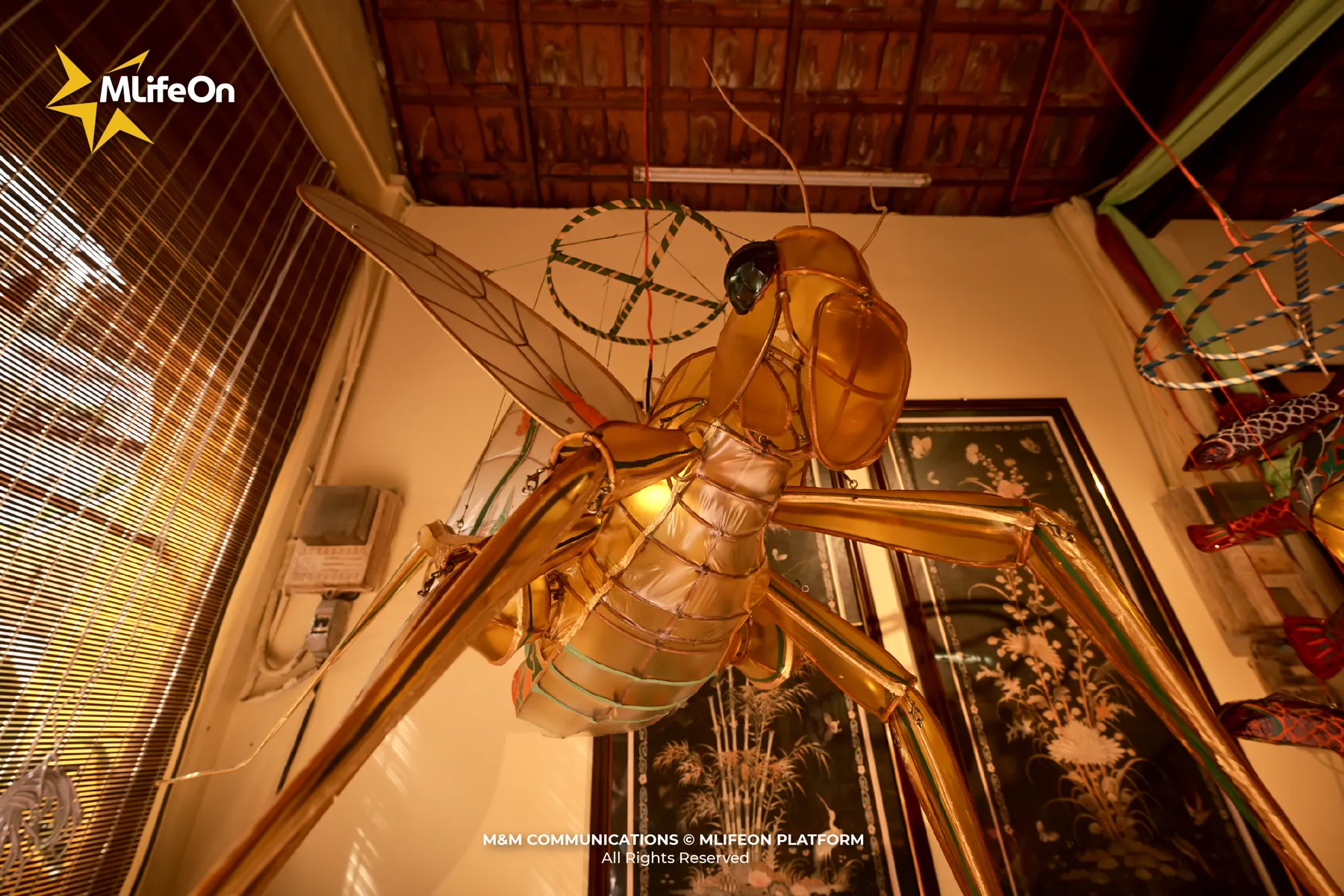
Cho Lon may be your second stop. The lion dance troupes performing around assembly halls such as Nghia An Assembly Hall and Quan De Temple always bring audiences spectacular displays.
A special highlight of this year’s Mid Autumn Festival in Saigon will take place at Son Tra Communal House (113A Nguyen Phi Khanh), a more than 100 year old temple in District 1. The program will showcase over 40 lanterns recreated from designs dating back more than a century, reviving a lively scene of the Mid Autumn Festival of the past. The exhibition is open daily from 2 pm to 8:30 pm and will run until October 12, 2025.
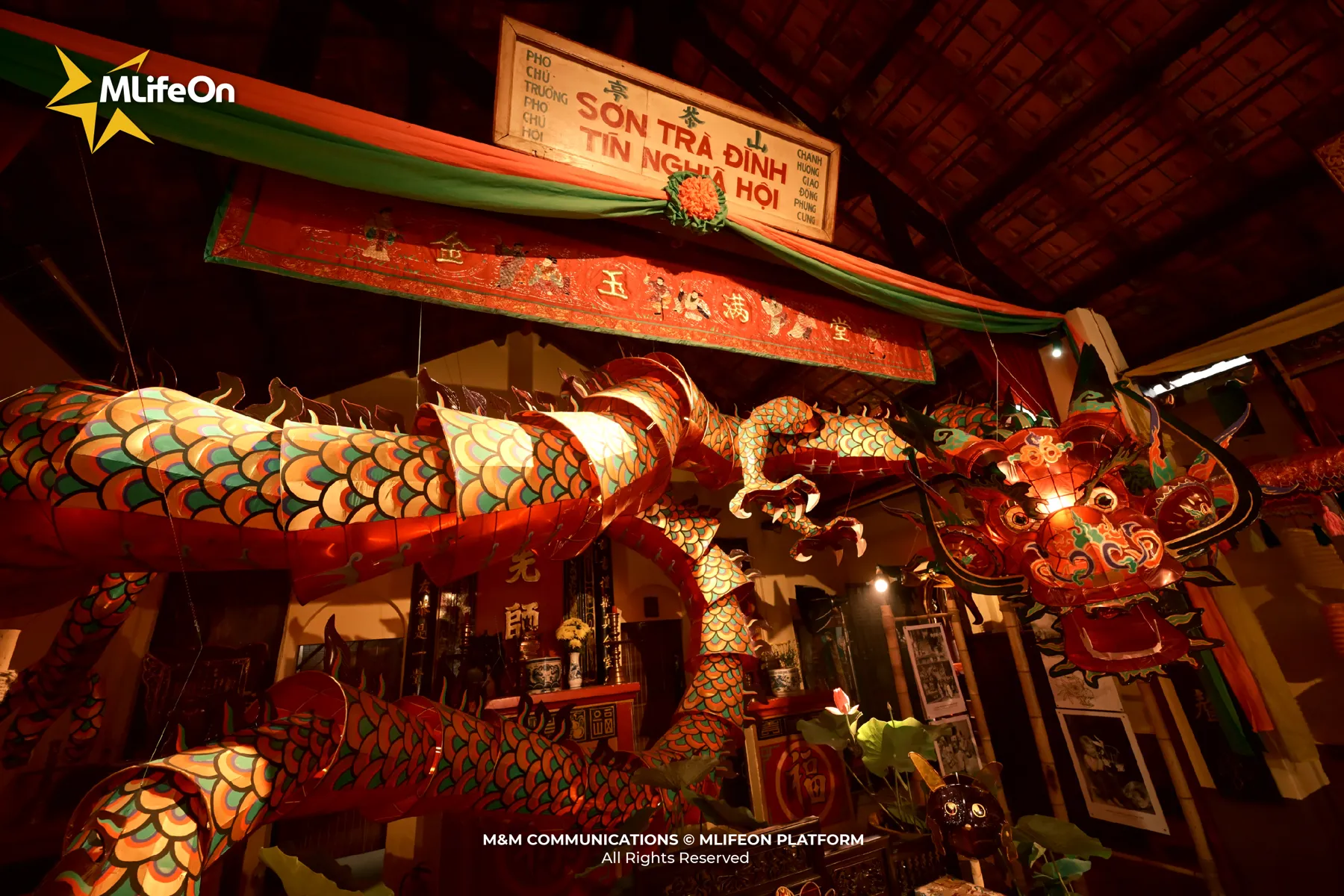
If you want to enjoy the traditional flavors of Saigon’s Mid Autumn cakes, you can visit long-standing bakeries such as Nhu Lan at 199 Ham Nghi Street in District 1 or Dong Khanh at 166–168 Ham Nghi Street in District 1. You can also try dishes like green rice sausage, green rice sticky rice, taro sweet soup, or pomelo salad at local markets and traditional restaurants in Saigon.
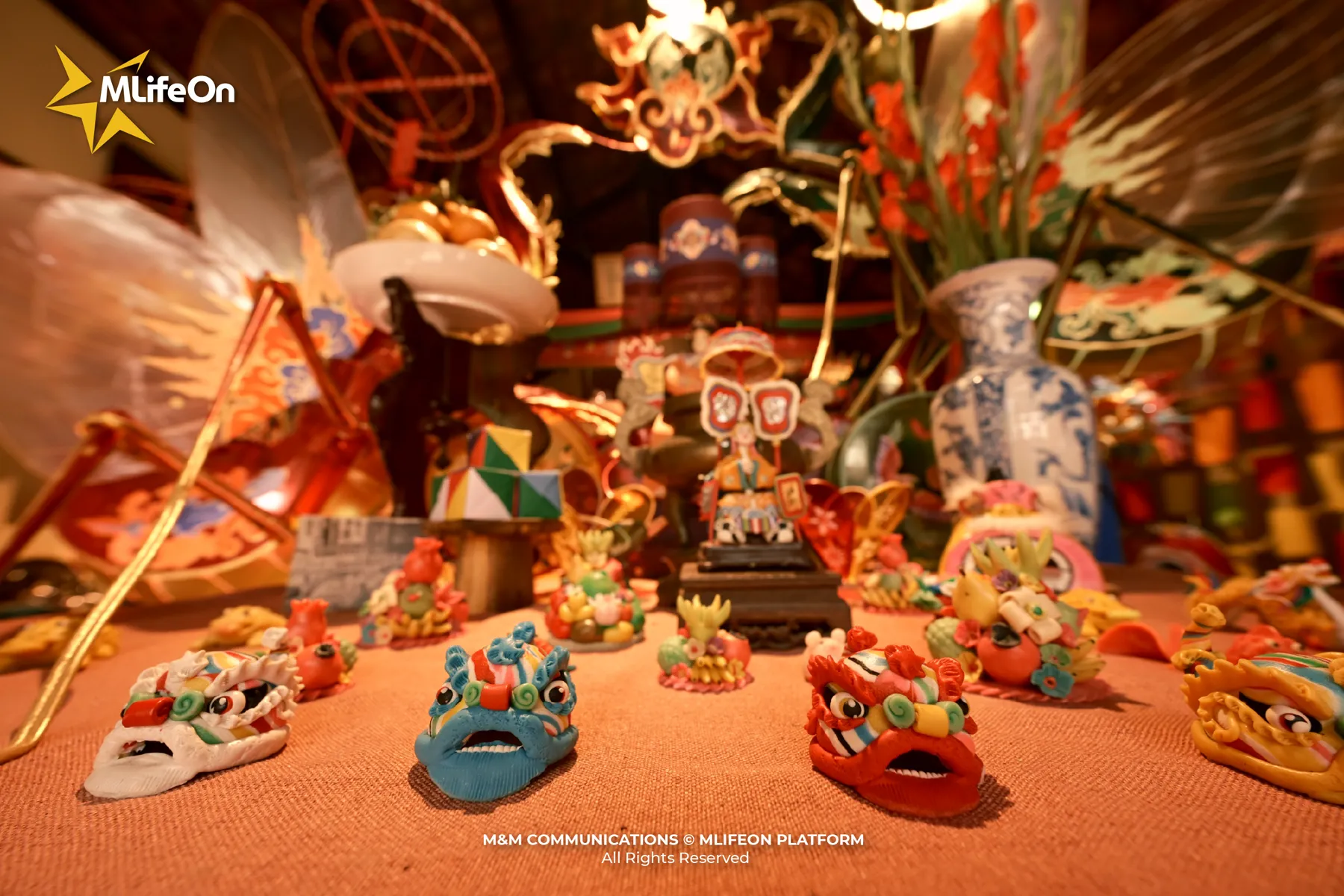
Conclusion
The Mid Autumn Festival in Saigon is not only about the story of past moonlit seasons, the glowing lanterns blending two cultures, or the vibrant beats and movements of lion dances. It is the harmony between past and present, between familiar memories and the rhythm of modern life.
People do not seem to remember the Mid Autumn Festival in Saigon through shopping malls filled with sound and color, but through small alleys echoing with the beat of frog drums, long lantern lit streets, or street vendors carrying baskets of colorful lights against the quiet backdrop of the city.
It is the simple and warm joy of ordinary, optimistic workers who, after all the weariness of making a living, look forward to a day of reunion that feels whole and beautiful.
Perhaps this is also how these cultural values continue to be carried on, to “live” and “breathe” with the heartbeat of a Saigon that is always renewing itself.
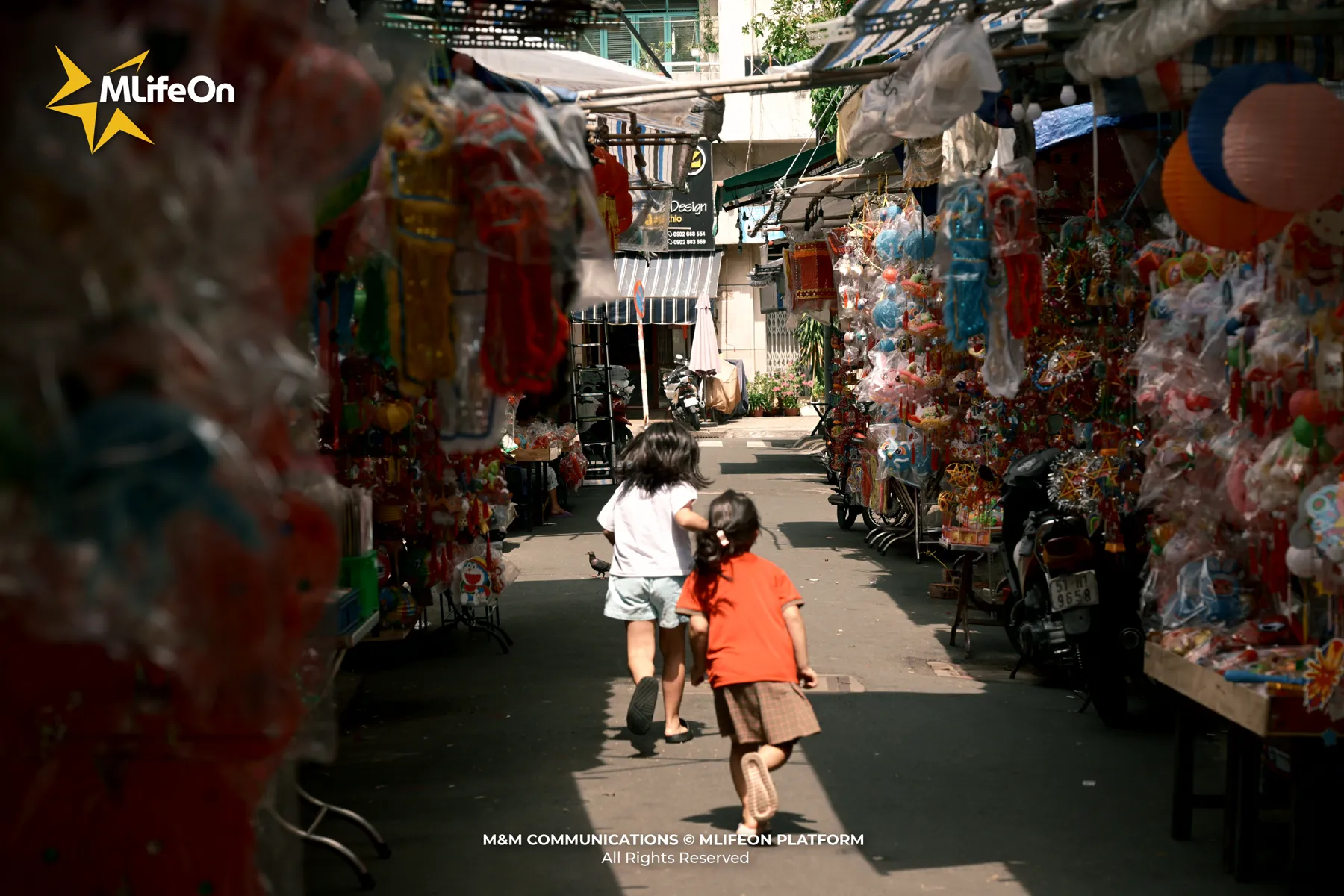
Take a little time to experience the Mid Autumn season in Saigon with all of its scents, flavors, and colors. The Mid Autumn Festival is always a rendezvous with memories, an emotional invitation to anyone, anywhere in this beautiful land of Vietnam.
—---
CREDIT:
- Photography: Luan Nguyen
- Content: Hà Linh
- Design: Trung Huynh





















